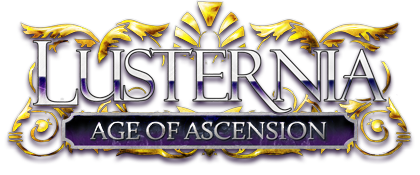22.1.8 CREATING THINGS WITH TEMPLATES USING OLC
Making an item or a denizen in the On-Line Creation system
Every item or denizen is associated with what is called a TEMPLATE. A template is a copy of a type of denizen that all the other ones of that type are copied from. For instance, all steel longswords are copied from a particular template.
When you want to make a new kind of item, you have to first decide:
1) Do I want to just make one or two special items/denizens that won't need duplicating in the future, and, more importantly, is there a type of item that already has exactly the same names that this new item/denizen will need? For instance, any denizen with a unique name will need to have a template, because no class of item or denizen will be able to be referenced by that name yet.
OR
2) Do I want to make an entirely new class of item or denizen that will be able to be CREATEed from then on?
If you want to do #1, then you simply need to get permission to CREATE something that already exists and is close to what you want, and then alter it to be what you want.
If you think there is nothing existing that is close to what you want, then you may just do CREATE TEMPLATE. This creates a blank template, and everything must be set on it. Generally, this is a lot harder than just creating a template from an existing item or denizen, as you have to remember to set all the proper things.
Once you've got your template finished, you merely have to speak to a building lead admin, who will approve it, and turn it into something that you or anyone else who has permission may then CREATE.
So, in order to make a template:
1) CREATE TEMPLATE.
2) Modify the template to whatever you like. You may see its number, if you forget it, with INFO INV. See HELP MOBILEPROPERTIES and HELP ITEMPROPERTIES.
3) Ask a building lead admin for approval of the template.
EXAMPLES:
First, an example of an item. The field comes first in the example, then what is in that field.
name: chair
short_desc: a wooden chair
long_desc: A sturdy wooden chair sits here.
extended_desc: This chair is made of highly-polished cedar wood. It has four legs, and a solid back carved into the blunted face of a lion.
Notice that there is no period (fullstop) after the name or short_desc, but that there is after the others. Also note that the first word of long_desc and extended_desc are capitalized. This is because they are always used as full sentences, whereas name or short_desc might have to be used in the middle of a sentence. Now, in some cases, capitalization of name or short_desc is appropriate. For instance, an example of a denizen:
name: Zsarachnor
short_desc: the Vampire Lord, Zsarachnor
long_desc: The Vampire Lord, Zsarachnor, paces here, clearly uneasy at your scrutiny.
extended_desc: He's a vampire, blah blah blah. Got heap-big fangs.
death_message: The corpse of Zsarachnor is here, blood flecking its otherwise pale complexion.
enter_message: Zsarachnor strides in from the $DIR.
leave_message: With a sneer, Zsarachnor leaves to the $DIR.
Notice that the death_message is NOT what people see when he dies. It is what they see when you LOOK at a room and he is in it and dead.
COMMON MISTAKES
1) Forgetting to set all seven strings for a denizen. These are: name, short_desc, long_desc, extended_desc, death_message, enter_message and leave_message.
2) Leaving quest items with PERSONAL 1 (should be 0)
3) Improperly capitalizing the name, or short_desc.
4) Improper weight (ounces: 16 is a pound. 35 is a Kilogram).
5) Improper alignment (0 is most evil, 127 is neutral, 255 is most good)
6) Making denizens too tough.
